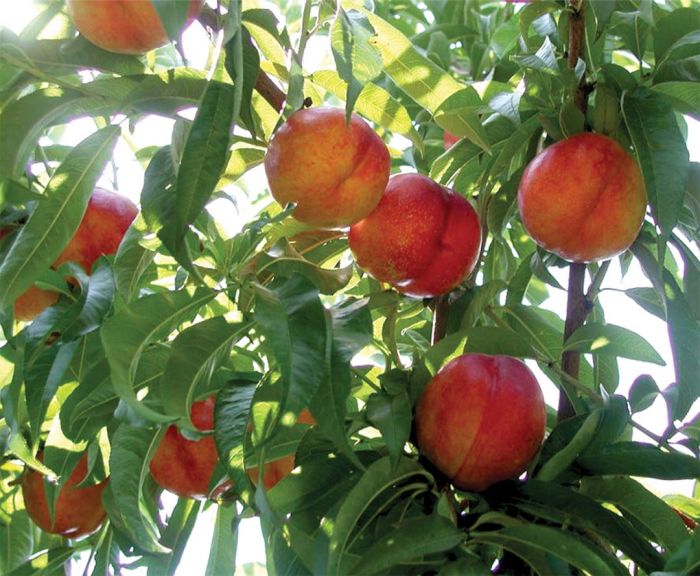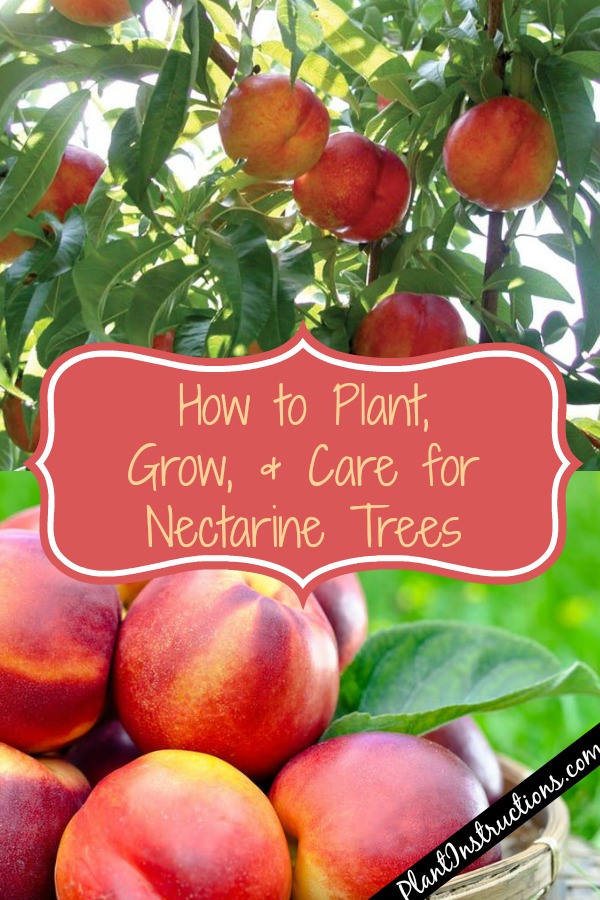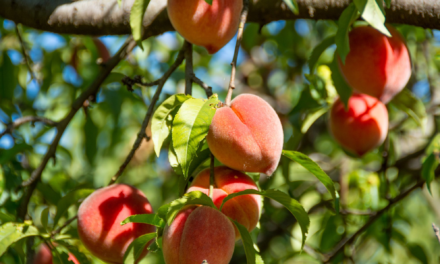Nectarines are a delicious summer fruit that are very closely related to peaches. In fact, they're basically peaches without the fuzz, and often times, firmer to the touch. So if you're not a fan of the fuzzy peaches, nectarines may just be right up your alley! If you're interested in learning how to grow nectarines in your garden, keep reading this easy to follow gardening guide and you'll soon have your very own nectarine tree!
How to Grow Nectarines

Nectarines are mostly successfully grown in USDA zones 6-8, but, with proper care, can also grow in other areas as well. These fruit trees just need a little bit of room and some TLC to grow big, beautiful fruit!
Like peach trees, nectarines are self-fruitful, so you only need one tree to produce fruit!
Planting Nectarine Trees:
- We suggest purchasing a small nectarine tree from your local nursery and planting in spring when all danger of frost has passed.
- You can also grow nectarines from pits by washing them, drying them out, and planting them in the spring in well draining soil.
- Be sure to place the tree in a sunny spot, away from high winds, and with a lot of space.
- In its second year of growth, spray your tree with a fungicide to prevent brown rot.
- Late in spring or summer, apply several applications of nitrogen fertilizer. Young trees will need a lot less fertilizer than older trees.
- Thin marble-sized nectarines to 6 inches apart to grow larger nectarines and also to prevent limb breakage.
- Limbs should also be thinned during winter dormancy.
- Keep the area underneath the tree free of weeds at all times.
- Apply organic mulch about 3-4 inches deep.
Harvesting Nectarines:
- Harvest nectarines when they are appropriate in size.
- Most trees will bear fruit in their second or third year, but a more substantial fruit harvest will come after 4-5 years.
So now that you know how to grow nectarines in your garden, it's time to roll up your sleeves and get to planting!
Like this post? Share and Pin 🙂




















